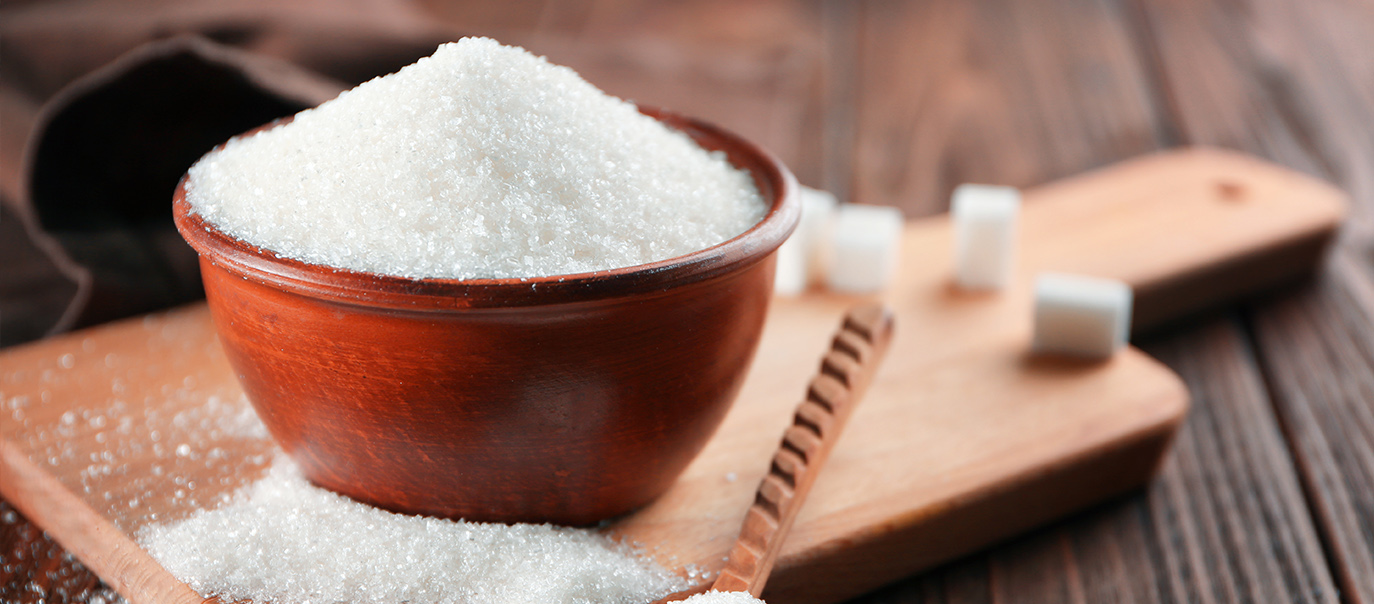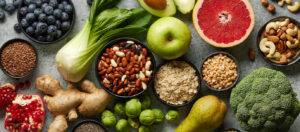Watch: How Hidden Sugars Impact Driving Instructors’ Health
Introduction
You may have seen That Sugar Film (2014), starring Damon Gameau (if you haven’t, it is a must for your watch list) pop up in wellness circles and for good reason. It’s a captivating, colourful documentary that turns the notion of “healthy eating” upside down by showing how sugar hides in plain sight. Gameau, the film’s “human lab rat,” embarks on a 60‑day experiment: he consumes 40 teaspoons of sugar a day (≈160 g), but only from foods perceived as healthy (low‑fat yoghurt, cereals, smoothies), with zero chocolate, fizzy drinks or ice cream.
I watched this when it came out at the cinema whilst on a gap year in Australia. It made me change my mindset, change my eating habits and most importantly, taught me how to read nutritional information correctly which allowed me to make smarter choices when shopping.
What happens to Gameau in the movie?
In just two months, he gains around 8-9 kg, accumulates visceral fat (the dangerous organ‑hugging kind), develops early signs of fatty liver, and experiences mood swings, brain fog, and energy crashes. Once he returns to a cleaner, whole‑foods diet, many of those changes reverse.
The real sting of the film is not that sugar is evil in isolation but that it is so cleverly camouflaged. Labelled as “healthy,” “low fat,” “natural,” or “light,” many products still carry hidden sugars that tip us over safe thresholds without us noticing.
By the numbers: sugar in the UK and beyond
Here are some current facts and stats to anchor the narrative in real life:
Metric Statistic & Significance
Average free sugar intake (UK adults)
~ 55.5 g/day in men, ~ 44 g/day in women – about twice the government’s recommendation of ~ 5% of total energy from free sugars.
Source: British Nutrition Foundation
Top contributors
Soft drinks, fruit juices, cereals, “healthy” snacks, yoghurts – many “innocent” items we consume without suspicion.
Source :nhs.uk, British Nutrition Foundation
Sugar snacking habits
84% of UK people report eating at least one sugary snack per day; 79% up to 3 sugary snacks daily.
Source: Dental Health
Sugar tax effect
After the UK’s soft‑drinks sugar levy (2018), adults reduced sugar intake by ~11 g/day (≈2½ tsp), and children by ~5 g/day.
Source: Diabetes.co.uk
Risk of diabetes (UK adults)
One in five UK adults now live with diabetes or prediabetes (≈ 12.2 million people).
Source: Diabetes UK
Diabetes prevalence (England)
~7.0% of adults (17+) diagnosed with type 2 diabetes, rising year‑on‑year.
Source: GOV.UK
Sugar’s Stealth Modes: How It Sneaks In
Gameau’s film shows us that sugar is a master of disguise. Here are some of its stealth tactics:
The Trojan Yoghurt
Low‑fat yoghurts may seem virtuous, but the fat may be stripped and replaced by sweeteners or sugars to maintain taste.
The Cereals That Speak in Cartoons
That “superfood” granola? 20 teaspoons’ worth of sugar in your morning bowl. Gameau literally pours raw sugar onto his food to dramatise how much is in there.
Juice Ambush
A “healthy” fruit smoothie may contain as much sugar as a dessert, minus the fibre buffer.
Label Legerdemain
Sugar has many aliases (glucose, dextrose, maltose, syrups) the packaging distracts you with whimsical logos, “natural” buzzwords, and flowery imagery.
The ‘Bliss Point’ Trap
The food industry studies how much sugar is enough to keep us coming back — that perfect ‘just‑sweet’ level — all while hiding it in processed food.
In That Sugar Film, Gameau even animates himself climbing inside his own brain and liver, a playful visual metaphor for the internal struggle sugar instigates.
Interpretation & Implications for Health & Wellbeing
Calories are not always equal
Gameau maintained his usual calorie intake, the shift in source (towards sugar) drove the negative changes. This suggests that the quality of calories matters, not just the quantity.
Sugar affects mood, cognition and satiety
Energy crashes, “vague” thinking, hunger pangs, sugar’s blood‑glucose rollercoaster plays havoc with mood and appetite. Gameau describes that 45 minutes post-sugar, he’d feel vague and lethargic.
Reversibility is possible
One hopeful takeaway: when Gameau reverted to a whole‑food, low added sugar diet, many of the physiological changes abated. We are not irrevocably bound.
Systems matter, not just self-control
It’s overly simplistic to blame individuals for “willpower failure.” Consider food environments, marketing, access, pricing, regulation. The success of the sugar tax in nudging down consumption is evidence that policy, regulation, and societal design play key roles.
Source: University College London, GOV.UK
Caution: sugar is not a monster, moderation matters
Gameau himself cautions that the film should not be misinterpreted to demonise all sugar. There is room for small enjoyment, the key is being aware, deliberate, and informed.
Tips & ‘Sugar Sleuthing’ Strategies
Here are some practical ideas. Reduce, and transform your relationship with sugar:
- Check the labels: Reading the ‘of which sugars’ line on nutrition panels is your best clue to spotting hidden added sugars.
- Use the teaspoon test: See how many grams of sugar (divide by ~4) are in your portion, does it feel like having dessert for breakfast?
- Choose whole foods as a base: Use healthier alternatives such as fruit, vegetables, plain oats, nuts and add flavour (e.g. cinnamon, extracts, citrus) instead of sugar.
- Swap smoothies for whole fruit + fibre: Fibre slows absorption and reduces the “spike.”
- Cook sauces and dressings from scratch: Many supermarket brands hide sugar for taste and preservation.
- Reset your tastebuds: Gradually reduce sweetness; over weeks your palate adapts.
- Use sweeteners cautiously: Sweeteners can help in transition but they aren’t a free pass.
Conclusion: More Than Just Sweet Talk
That Sugar Film is more than a quirky documentary, it’s a wake-up call. It forces us to confront how sugar, packaged in ‘healthy’ guises, may be undermining metabolism, mood, liver health, and long-term disease risk. By pairing data, lived experience, and visual metaphor, it invites us to rethink not just what we eat, but how our food systems and choices interplay.
For the ADINJC audience, people who care about body, mind, spirit – the message is: reclaim awareness. Use curiosity instead of fear; reduce sugar not by deprivation, but by design. And remember: real sweetness often lies in genuine nourishment, not sneaky additives.
© Charli Howe
https://drive-up-training.co.uk/
Categories
Recent Posts
Get In Touch
Create a free acccount or login
To continue reading this information, you need a free account that can be created in under a minute. Join today or login
Like to be kept informed?
Our free Lite membership delivers newsflashes and weekly roundups directly to your inbox, so you never miss a beat. Or become a Premium member to enjoy the wide-ranging support & benefits we offer.
Report
There was a problem reporting this post.
Block Member?
Please confirm you want to block this member.
You will no longer be able to:
- See blocked member's posts
- Mention this member in posts
Please allow a few minutes for this process to complete.



Share This: